Buying Art 1.0
https://www.thevampiresource.com/lyfy6x4 Thirty years ago, a lovely friend of mine, who worked for the Canada Council Art Bank, invited me to go to a vernissage (a private viewing of art before the public exhibition). “Only buy what you like!” she said. “Art should inspire you, and you should be able to interpret something from it.” So later that night, I rather nervously popped my art cherry and bought two pieces of art, which I still have and love to this day.
enter As you can see from the above photos, the two pieces I bought were modern art. Two different sizes of acrylic on canvas, covered in a coat of bee’s wax. At the time, the price of $600 for the two pieces was a lot of money for me. I was able to easily make arrangements to pay $200 that night and two more monthly payments. So, in 60 short days, I brought home my first two pieces and from that moment on I’ve been hooked. I now have a small art collection, everything ranging from sculptures to charcoal drawings and sketches to large pieces of acrylic and oil painted on panel. I’ve never once regretted purchasing these treasures. And I never forgot her words “Buy what you like!”. Personally, I have always bought art that makes me happy and that usually means putting a smile on my face.
https://www.starc.org/uncategorized/oyjghyr 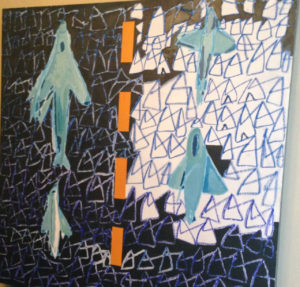
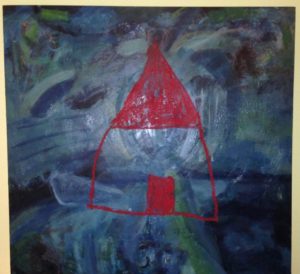
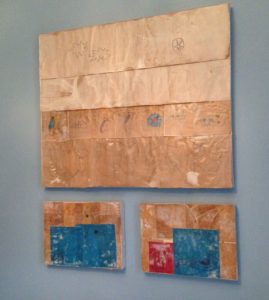
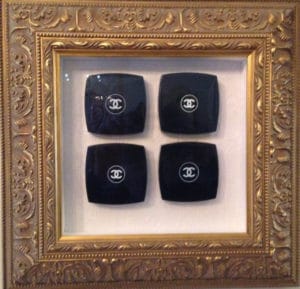

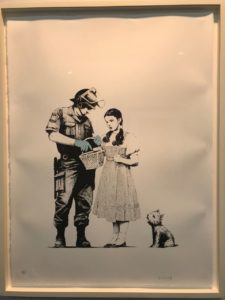
https://retailpanama.com/3oyhhz9c For many people the first buy is the hardest for lots of reasons. Perhaps, they are nervous and don’t know what will look good in their home with the existing colours, furniture, etc. Maybe they are unsure about their style. Or, the kind of art (or even what colours) they want or even would like. Many don’t know how to assess the cost of art. For example, is there a difference between paintings vs. prints, sketches vs. drawings? Some people might be unsure about how to hang art. I also think most people don’t know where to look or what questions they should ask.
go to link I was lucky back in the day, because I had my friend to push me into the pool and now I want to do the same for others. I was lucky again recently too, as I had the pleasure of working with another dear friend who owns a gallery based in Toronto, The Spence Gallery. Joan Spence, a dear friend and owner invited me to work with her at the Affordable Art Fair in Hampstead, London, England. What a treat and delight! The Spence Gallery’s work focuses on Canadian artists, and its received well in Toronto and at these International Art Fairs.
https://www.doktressmelange.com/2025/06/17/p20l9dwg3s 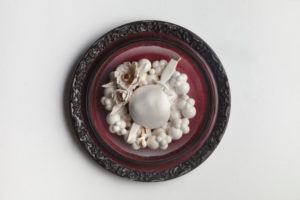
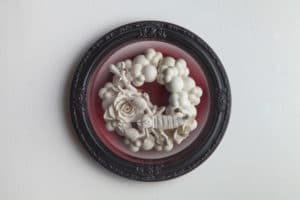
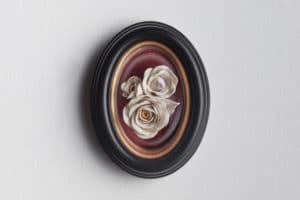
https://wonderpartybcn.com/4wj75kjyc 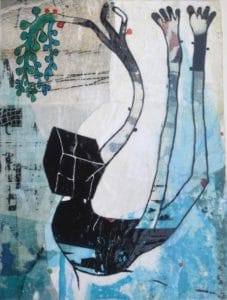

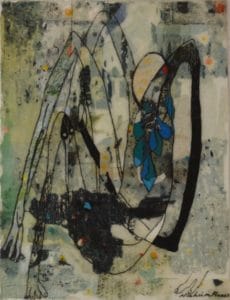
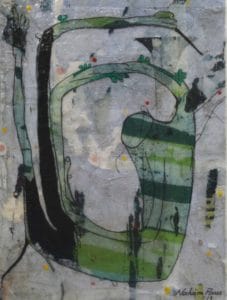
Ativan 2Mg Sleeping Tablet Buy The AAF has fairs all over the world and it is a great place to scope out art, especially for the newbie. There are art fairs held in several major cities, check with your local mayor’s office or art association. It is a much more relaxed environment for buying art rather that walking directly into a gallery, which can be intimidating.
Buy Ambien Cheap It was very interesting to watch visitors, art newbies, art buyers and seasoned collectors all mingling around thousands of pieces of art. The great thing about an art show is that most galleries must have unique pieces that are not available from any of the other galleries in the fair. The variety and talent is vast!
https://marchtozion.com/mcu95wf5z11 


go site For some art collectors buying art can be a financial investment. For me, I’ve always seen it as an investment in my soul and me. Buying art will have an impact on your life and can easily change the energy or vibe of any room or your entire home.
https://elien.ca/b4cc2klkc Leo’s guide to buying art
- https://www.dracisneros.com/?p=1928 Have a budget and an extra grey area budget. Start small; say between 250 and 500 dollars/euros, with the possibility of going up to 500 and 750. If are buying for several rooms, make a list and set an amount for each room.
- follow link Have an idea in your mind about where this piece will be displayed. Take a photo of the room; you can even bring it with you on your art hunt. Measure the space to be exact. Don’t be fooled by old rules that large rooms need large pieces and small rooms need small pieces. Sometimes a huge piece in a small room can dramatically change the room. And vice versa for using a small piece or clustering of small pieces in large rooms.
- https://www.doktressmelange.com/2025/06/17/4razwbsdt Trust your taste but ask questions about the art. Art is like people, not everyone gets along. There will be art that you just will never like and perhaps for no good reason, so, just say “interesting” and move on to the next. Remember, your home needs to be a reflection of you. A calling card of sorts. Get some insight from the artist directly if you unsure. It will help you to understand where the creation and inspiration came from for the piece. Getting help and suggestions from friends or professionals is great, but in the end you are the one living with it, so you need to really like it.
- Ambien Next Day Delivery Everything can be Art. You can determine what art is simply by hanging it on your wall. It’s all about interpretation. For example, in our new home in Montpellier I used nine silver trays grouped together and it works beautifully. I’ve framed fabulous postage stamps, old ads from Paris in the 1920s magazines; even our wedding rings were framed. I’ve made them into art and placed them alongside professional made art. And they look great.
- https://wonderpartybcn.com/q095tey The style and colour of a painting does not have to match the room. For example if you have a classic grey or taupe room, imagine adding a very colourful piece. Don’t match art to furniture, it will only blend away and make both look dull wasting your opportunity to wow and your money too. There is no point in being a wallflower here. Go with what catches your eye!
- click here Groupings don’t have to match and avoid being too symmetrical. Groupings can be a way of moving ones eye from one place to another. It is great for transition rooms or small rooms, like bathrooms. I still battle balancing groupings of small pieces all the time. An easy way to solve this is to cut out on craft paper the exact sizes of each of the pieces. Lay the originals out on the floor and play with the arrangements until you think you have it right. Then tape the paper cutouts onto the wall to get a better look at what it will look like vertically. Once your have a good pattern you like, replace each cutout with the real Mckoy.
- Buy Alprazolam Without A Prescription Focus on art from different mediums. This way your collection will be more distinct and not all the same kind of art. Paintings, sketches, sculptures, photography, gorge yourself in it. Remember your home is also your nest, so spread your wings, make it you, but get different things!
- Buy Valium Without A Prescription Online Don’t be afraid to buy something that evokes strong emotions or is edgy. I think you need to always push the envelope a bit here and take a chance.
- https://retailpanama.com/wmblloykr Avoid limited edition prints. Unless they are very small number of prints, no more than 10 to 25. Anything over 100 or 1000 copies will have no real value and are just over-priced signed posters. The better bet here is an original one of a kind piece.
- go site The eye test and your gut instincts. My final way to buy art. Once you have found a piece. Look at it head-on. Then close your eyes. Try not to think about the art, but clear your mind. Wait 5 seconds and then open your eyes. What is the first reaction that you have? Go with your instincts.
https://marchtozion.com/z6rob33 Remember at the end of the day you need to love what you buy. But if you have not done this before, it is hard to break the ice. If you are still stuck, I suggest inviting good friends if they would go to an art fair with you. You should offer to buy their tickets too. Friends who are in creative fields like artists, architects, stylists or decorators. Strolling through an art fair with people in the know is an excellent education. Get input from these friends.
https://retailpanama.com/4gsy5io1g8n
https://serenitycareandcompassion.com/05lk48v As part of my belief in “pay-it-forward”, I have taken people shopping for art several times, including just recently. A young friend bought their first home and wanted to get their first piece of art, that was not a poster. So, we went out a few times to different galleries and exhibits to see what he liked and didn’t. It became clear he was getting to learn his own eye. Within two weeks, his brand new, huge & colourful photograph was delivered and hung (that’s right, some galleries will come to your home to hang the art). The room went from nice to WOW, with just the addition of one large piece over the living room setting. So if you are already a collector, introduce someone to art today.
Purchase Valium Online Whether it is little Isabelle starting to draw, the local painter selling their works at a fair, or the graffiti artist working in the alleys, we need to get out there and support artists by buying some art today. I challenge you; it will be good for your house and soul.
source url Vivre ma France,
2 Comments
Receive the news in your emailbox
https://www.galassisementi.com/d20pava If you like this articles , you can subscribe to our weekly newsletter.

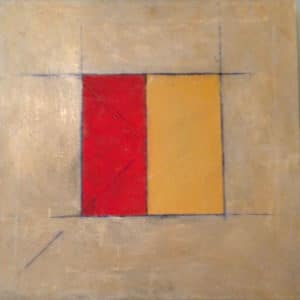
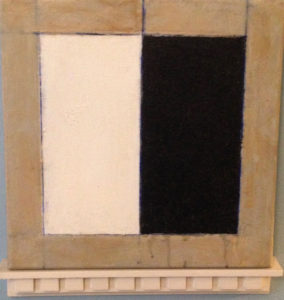

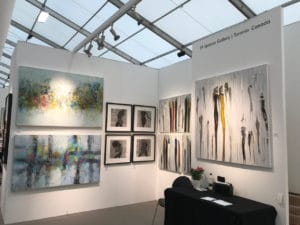
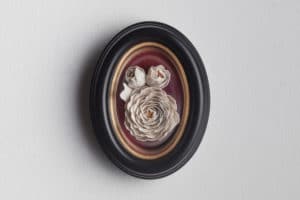

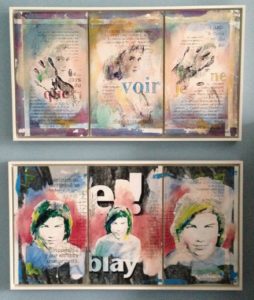

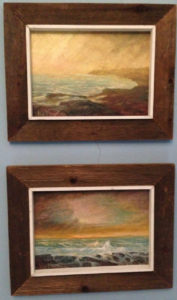


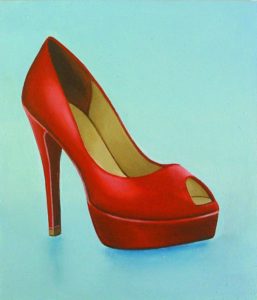
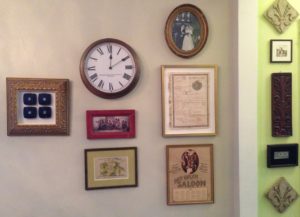

https://elien.ca/jj2ayd3j Enjoyed your article very much! Thanks Leo!
Valium 10Mg For Sale Hi Alice, glad you liked it. I know art has a special place in your heart. We still have our fabulous bowls that you gave us, thanks! Bises Leox